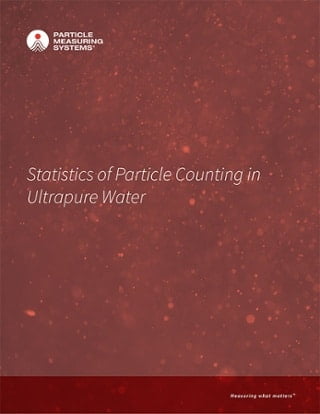Thống kê đếm hạt tiểu phân trong nước siêu tinh khiết
Các hệ thống nước siêu tinh khiết hiện đại hiện nay rất sạch nên việc xác định nồng độ các hạt rất khó khăn. Khi đo độ sạch của nước, sự khan hiếm của các hạt có thể dẫn đến các biến thể thống kê có thể lớn hơn hoặc lớn hơn nồng độ hạt thực tế. Cần có sự hiểu biết thấu đáo về số liệu thống kê của việc đếm hạt tiểu phân để giảm thiểu những biến thể này và đo lường hiệu quả sự nhiễm bẩn của hạt. Bài báo này sẽ thảo luận về sự phân bố kích thước của các hạt được tìm thấy trong hệ thống nước siêu tinh khiết, giải thích thống kê đếm hạt tiểu phân và chỉ ra độ nhạy và khối lượng mẫu ảnh hưởng như thế nào đến hiệu suất thống kê của máy đếm hạt tiểu phân.
Quan tâm đến việc tìm hiểu thêm? Vui lòng hoàn thành biểu mẫu tại đây để nhận tư vấn từ chuyên gia.



